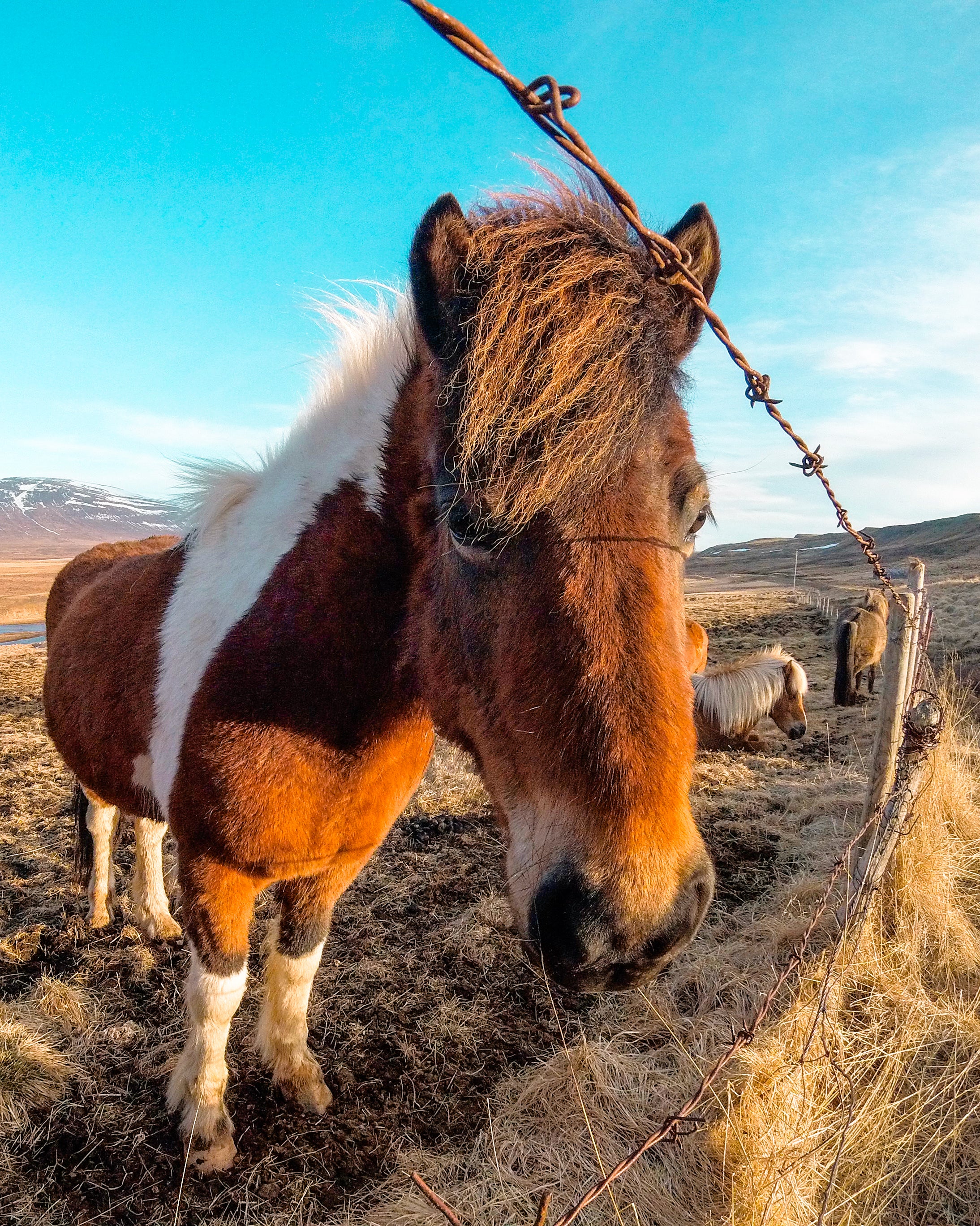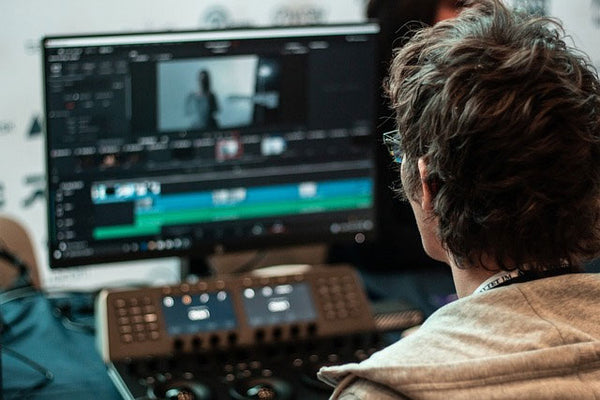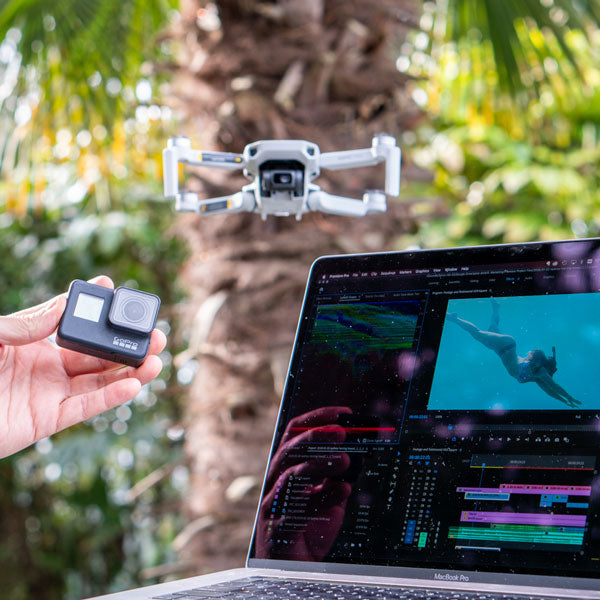
Taking photos is the best way that we’re able to capture special moments and tell intimate stories. The saying, “an image is worth a thousand words” is evidently true. There is plenty that a single photo can share. However, without a photographer behind every image, there wouldn’t be a story to tell.
In all honesty, sometimes photography can be difficult. It’s not always easy, and there will always be challenges that will require navigation. While natural talent plays a role in one’s journey to becoming a photographer, it is ultimately up to the photographer to be knowledgeable on how to take photos to produce their finest quality of work.
There isn’t a specific secret that is bound to take you from zero to professional when it comes to photography, especially in the early stages. However, many tricks and tips are easy to learn and will help you improve the quality of your content. This is why this article will present to you, ten photography tips for beginners will help you develop your skill set. It is with hope that you, the reader, will take these tips as encouragement, motivation, and that you’ll ultimately apply them!
1. Don't settle on the first picture that you take
In photography, views and perspectives are what will add uniqueness to your images. Don’t settle for the first picture you take. Odds are, the next photo you take, just from a different angle, might be better than the first.
For instance, let’s say that you’re taking a photo of your friend, who is reading a book. You’ve already taken a photo of your friend straight on. However, in this image, we only see your friend’s face and that they’re possibly in a library, but not the book they’re reading.Take another photo.
Your next photo could be from an “ant’s view.” This means that you’re taking the photo from a low angle, or a low perspective. It’s from the ground up. If your friend is sitting, you could take a photo while sitting in a chair or on the ground. Depending on which side of your friend you’re taking the photo from, you’ll now be able to see your friend’s face, a view of the library, and the book they’re reading.
Another picture you could take of this scenario would be from a “bird’s eye view.” This ultimately means that you’re taking the photo from above the object. An example of this would be that if your friend were sitting in a chair, you could stand on another chair and take the picture from high above.
All in all, it’s about being creative in different ways and one way to do that is by changing up the angle or perspective in which the photo is taken. Never settle for the first shot, and move around. Don’t be afraid to try new things.
2. Shoot during golden hour

The right lighting can be what transforms your photos. The lighting during golden hour will almost always present a warm, natural glow that makes everything and everyone look their absolute best. Some would call it magic, really. This is why professional photographers and beginners would rather shoot during golden hour. It’s just easier to work with.
Okay, so when is golden hour? Well…to put it simply, it is either when the sun is rising or when it is setting. To be more specific, golden hour starts around one hour after sunrise and about one hour before sunset. I suggest checking your local weather app to see when the sun will rise or set. There are also a few sunset calculators out there that will display the exact times.
Like I said, soft light from golden hour is truly a photographer’s best friend. This is merely because it doesn’t create harsh shadows. This is especially beneficial and flattering or good portraits or scenic photos. More than that, the warm color temperature that the low angle of the sun during golden hour produces is an orange glow. It not only adds a flattering color to your pictures, but the warm colors are associated with serene, happiness, and peace.
3. Use high contrast to stand out

So, what is high contrast photography? Well, let’s begin by asking what contrast is in art and photography. Contrast obviously means difference, and difference can be seen in photography through changes in color, and in tones. It should be noted that contrast has been a key element and attribute in the world of photography since the beginning.
Moreover, now we can talk about high contrast photography. High contrast images show a full range of tones using bright highlights to dark shadows. Simply put, it’s when your images consist of extremely dark and bright areas at the same time. Most often, when people hear of dark and bright, they think of black and white as high contrast. Though this is true, high contrast is almost always associated with color, and sometimes textures and shapes.
How to shoot a high contrast photo:
To capture images in high contrast, you don’t need to be a professional. You just need to prepare, adjust your camera settings, and possibly shoot at specific times of the day.
For instance, to take a high contrast photo outdoors, always find the sun… or bright lights. Work towards shooting in the morning to gain the right amount of contrast for your photos. You can also shoot at night if you can find a bright light source such as a street lamp.
When shooting in black and white high contrast, it’s important to make sure that you, as the photographer, determine where your viewer’s eye will be drawn. Will it be the light, the shapes, or the textures? Not only that, you need to ensure that the subject stands out from the background. This means determining whether the subject or the background is bright or dark (black or white).
Another way to shoot high contrast is to change your exposure settings. Try over-exposing the image, but be aware that all the white areas in the photo will lose detail. Conversely, try under-exposing the image, but be aware that all the dark areas in the photo will lose detail. In this process, keep an eye on your ISO levels and make sure they don’t get too high as the image will appear grainy.
4. Don't be afraid to get closer

Close up photography does not mean that you should take your camera lens and zoom all the way in on your subject, or to take your phone, stand back, and zoom in until you can’t anymore. Close up photography essentially focuses on making a smaller object look bigger than it really is.
Close up photography is about cropped shots of your subject or object up close, that show more detail than what would typically meet the human eye. With close up, the field of view is reduced by increasing the size of your subject and creating a smaller frame around the image. One can achieve this by taking a few steps closer to the object, or using a telephoto lens, a zoom lens, or any lens that has a longer focal length.
5. Know when to use the flash
As most know, flash is meant to illuminate a dark scene. However, did you know that flash isn’t just meant for dark environments? You see, oftentimes, people assume that during the day, they don’t need to use flash, and it’s only at night or in darker places. This couldn’t be further from the truth.
Flash is useful when shooting during the day and outdoors. For example, in the middle of the day, using a gentle flash allows you to fill in unnecessary shadows on your subject. It also works amazingly well if you need a little extra light.
A couple examples of how flash helps…
- Control Light: Though it is suggested that beginner photographers (even professional photographers) should shoot in daytime because the sun is the best light source, sometimes it can be extremely difficult to navigate and control it. Using flash allows you to do that.
- Control Color of Light: Going back to my point about the sun; it is harsh. Using flash creatively can outdo the sun’s power.
It is important to note that flash isn’t just used to illuminate dark scenes. Flash, which is a rapid burst of light, is useful because it freezes an action, stopping a fast-moving subject. It sort of acts as a shutter speed.
Flash is very relevant in photography. As mentioned, it counters or overpowers sunlight and it freezes subjects in motion. Both attributes are great for beginner photographers to navigate. If your camera doesn’t have flash, using LED lamps will provide the same effect, but what phone doesn’t have a flash these days?! Taking pictures on your mobile device is just as effective; there is even an automatic flash too.
6. Use bursts to capture moments in real time (iPhone)
Time to talk about bursts! This has to be one of the coolest iPhone camera settings. Allow me to explain.
Do you ever have a hard time taking action shots on your phone? Do you struggle with capturing the right pose or moment of someone? Bursts make your life easier when it comes to capturing moving subjects or objects.
Taking a burst means that you’re taking a photo per second. It maximizes your possibility of capturing your moving subject in the best position.
When you open your built-in iPhone camera app, if you have an iphone XS, XR, 11, or 12, just slide the shutter button (white button, bottom center) to the right. The camera will just keep taking photos until you release it. If you have an iPhone X or older, no need to drag the button. Just simply hold down the shutter button (white button, bottom center) to shoot in burst mode.
Not only does burst help with taking action shots, but it also helps with taking candid photos. A lot of people say that the best photos of individuals are when they’re natural and unposed. Candid photos are taken when the subject or person is not looking in the camera and is actually unaware that their photo is being taken. When the subject is moving, it’s even better!
Just hold down the shutter button and let burst mode do its thing!
7. Focus your subject


Focus is a huge part of photography, and I’m not talking about the type of focus that requires you not to be distracted by other activities. I’m talking about focus in terms of defining your subject. I guess, in a way, distraction does come full circle and plays into it.
Focusing, in photography, is one of the most critical skills that a photographer needs to have in order to take quality photographs. One must understand how it works. With that said, focus in your images impact the ways in which a viewer may convey the story and emotions of said image. For instance, if you’re taking a portrait of someone at the park, the subject or the person should be focused away from the park. Ideally, in the final product, the person would be sharp and the background of the park would be a little on the blurrier side.
Moreover, you’re probably wondering why there is a 3x3 grid placed over this image. Welcome to the rule-of-thirds principle. I strongly believe that the rule-of-thirds helps to hone in on the focal point of a photographer’s image.
Rule-of-thirds is the most well known aspect of photography and is a principle of photography that means that a photo is the most intriguing when the points of interest of a subject or object are placed along the lines that divide the image into thirds. In a DSLR camera, when you look through the viewfinder, more often than not, there is a grid there for you to use as a guide. On your iPhone, there is the option to add it.
You don’t always want to put your subject in the center of the frame, because when people look at photographs, their eyes naturally gravitate towards one or even more than one point of interest, not always the center. Take this photo above for example. The plane, because it is bigger, will likely be the point of interest. It isn’t in the center of the frame, but takes up almost ¼ of the grid, making it the main focal point of the photo.
With this all in mind, rule of thirds does not, and should not be applied in all the photos you take. You can also break the rule of thirds to capture symmetry, or to find a new angle/perspective. In this photo, it also, in a way, breaks the rule of thirds simply because another subject is in the center of the frame, creating an entirely new interest point or focal point. In the photo, the two people jumping, also even out the frame since they land in the center, which calls for symmetry.
Spivo can make all your memories the focus of an edited montage video...
Check out our Video Editing Service!
8. Take your time
Photography takes time. It is very easy to feel rushed and to make mistakes when you’re not careful. The best way to avoid mistakes is to slow down, double check everything, and allow yourself ample time to go out and take photos.
First, it is important that you navigate and become familiar with the environment and area that you’ll be taking photos in. Will it be calm or hectic? Will there be a lot of people? Take your time, be patient with your surroundings, and work around any distractions.
Next, is to make sure that you double check your camera settings. This is a step that most people forget. Your settings will change depending on where you’re shooting. The last area you were in, might have required using flash but now this time you don’t need to. Make sure it’s off.
Lastly, allow yourself the time to review your work. To elaborate, don’t listen when someone tells you that it’s best to avoid reviewing your work while on the job. It isn’t always better to just keep taking pictures without knowing whether or not the camera settings are right for the scene, if your auto/manual focus is working, etc. Absolutely, it is not always good to be constantly reviewing photos when you could be capturing the amazing things that are happening, but you will almost always have a minute or two between shots to figure out if there are problems. Don’t wait until you get back home, because then, it’s too late.
9. Get organized
Being organized will without a doubt make your life easier. There are a lot of little things that should be done before and after shooting that will save you both time, and trouble.
If you’re taking pictures with a DSLR camera, it is easy to forget all the little gadgets that are needed. For instance, make sure you have some sort of bag with you to carry all the things you need. Put your SD cards in a safe place but with easy access. Make sure that your camera battery is charged, maybe having an extra charged battery with you isn’t so bad. Don’t forget to put your alternative lenses tucked away somewhere protective in your bag, in case you need them.
It is super easy to lose track of your final images if you don’t have an organized hard drive or computer… and yes, believe it or not, you will probably take closer to a hundred photos, if not more when you allow yourself the time to go out and shoot. Even if you did attempt to organize your drive but now can’t recall how you’ve set it up, you might end up deleting a folder or images without realizing.
A method that I like to follow is by labeling my folders. If I’m taking photos monthly, I’ll create a folder for the year and label it “2022,” for instance. Then within the “2022” folder, I’ll divide it by month. So then, I’ll label those photos, “22 Jan,” “22 Feb,” “22 March,” all the way to “22 Dec.” Then, if I need to get more specific, within “22 Jan,” let’s say, I might label a folder for a specific date, like “22 Jan 10-12.” To make sure that you’re keeping up with this filing. I suggest uploading your pictures immediately after shooting.
This was just one example. Many photographers choose to organize in a different way. Some might organize their files by the event, or just in one big file if that's how they’re able to keep track. The point is to just make sure you’re staying organized, however that may look for you.
10. Have fun!

Photography is supposed to be fun, so this is the most important tip that I can give. HAVE FUN!
Even professional photographers who have chosen this as their careers, have done so unexpectedly purely because they enjoy photography. I sympathize with the fact that sometimes photography can be difficult, or maybe boring at times, but try new things.
Try shooting something different, mess around and use different camera settings, try different camera equipment, or shoot somewhere new and different. There are many ways to keep your spark (no pun intended) and love for photography alive.
Photography is supposed to be about capturing unique and special moments for yourself or others. It’s all about telling the story and sharing perspectives through your work. Be patient, enjoy the process and, most importantly, have fun.




Leave a comment